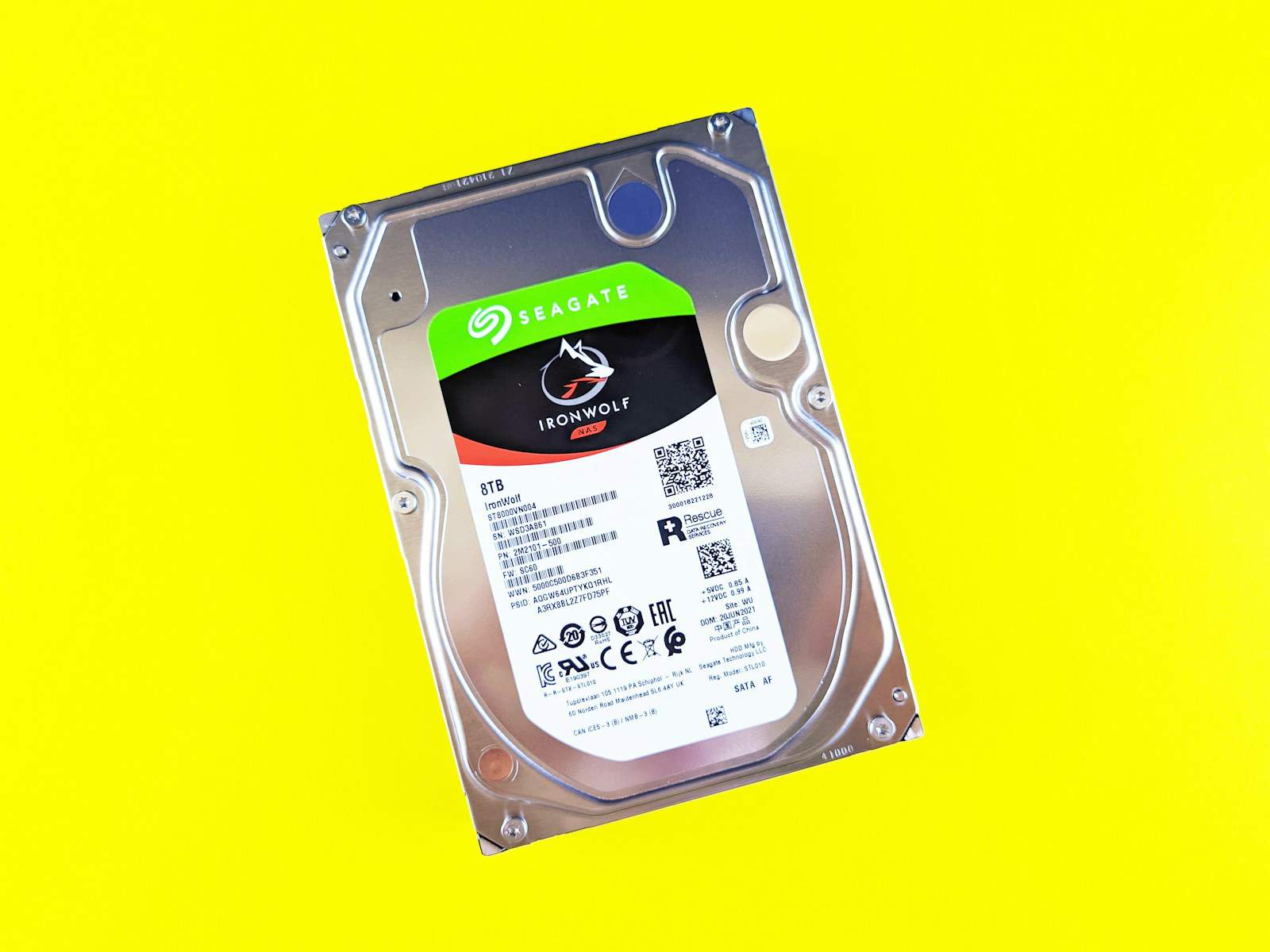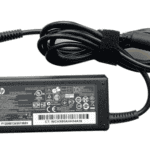Choosing the right file system is important for how storage devices work with different operating systems and file sizes. NTFS provides advanced features like file permissions and compression, making it suitable for Windows systems. In contrast, exFAT is designed for easier compatibility between Windows, Mac, and Linux devices. Microsoft created exFAT as a simpler alternative to both FAT32 and NTFS.
It removes the 4GB file size limit of FAT32 and avoids the complexity of NTFS. This makes exFAT great for external drives and memory cards that need to work with multiple devices. Generally, NTFS works faster than exFAT for internal drives because of its more advanced structure. Your choice should depend on your needs: use NTFS for Windows-only systems that require extra features, or choose exFAT for drives that need to work across many devices.
exFAT vs. NTFS: Understanding the Differences
When working with storage devices like external hard drives, USB flash drives, or SD cards, you’ve likely encountered file systems like exFAT and NTFS. Each serves specific purposes, and choosing the right one can impact performance, compatibility, and security.
What is exFAT?
exFAT (Extended File Allocation Table), introduced by Microsoft in 2006, is designed for external storage solutions and large file transfers. It serves as a middle ground between the older FAT32 system and more complex file systems like NTFS.
Key Features of exFAT:
- Cross-Platform Compatibility: Works with Windows, macOS, Linux (with additional drivers), and some gaming consoles.
- Large File Support: Supports files larger than 4GB, unlike FAT32.
- Lightweight Structure: Minimal overhead makes it efficient for flash drives and SD cards.
- No File Size or Partition Limits: Handles large partitions and big files easily.
- No Built-in Security: Lacks advanced features like file permissions or encryption.
Best Use Cases:
- External drives shared between Windows and macOS.
- SD cards and USB drives used for high-definition video or large file transfers.
- Devices where simple, wide compatibility is needed without complex features.
What is NTFS?
NTFS (New Technology File System), developed by Microsoft in 1993, is the default file system for Windows operating systems. It’s robust, feature-rich, and designed for internal hard drives and systems requiring high data integrity.
Key Features of NTFS:
- Advanced Security: Supports file permissions, encryption (EFS), and access control.
- Journaling System: Tracks changes to prevent data corruption during crashes.
- Large File & Partition Support: No realistic file or partition size limits for most users.
- Compression & Quotas: Supports file compression and user-specific disk space limits.
- Windows-Centric: Full support on Windows; macOS can read but not write without third-party drivers.
Best Use Cases:
- Internal hard drives and SSDs in Windows PCs.
- Drives needing file permissions, encryption, or backup solutions.
- Systems requiring stability and data recovery options.
exFAT vs. NTFS: Side-by-Side Comparison
| Feature | exFAT | NTFS |
|---|---|---|
| Compatibility | Windows, macOS, Linux, consoles | Full Windows support; macOS (read-only) |
| Max File Size | 16 Exabytes (theoretically) | 16 Exabytes (theoretically) |
| Max Partition Size | 128 Petabytes | 256 Terabytes |
| File Permissions | No | Yes |
| Encryption Support | No | Yes (via EFS) |
| Journaling | No | Yes |
| Performance on Flash Drives | Optimized | Slightly slower due to overhead |
| Best For | External drives, flash storage | Internal drives, Windows systems |
Which Should You Use?
- Choose exFAT if:
- You need cross-platform compatibility (especially between Windows and macOS).
- You’re using USB drives or SD cards for large files.
- You don’t need file permissions or encryption.
- Choose NTFS if:
- The drive is mainly for Windows use.
- Security, permissions, and data recovery are essential.
- You’re working with internal drives or system-critical data.
💡 Pro Tip:
If you’re using an external drive between Windows and macOS systems frequently, exFAT is often the easiest choice. However, if security and system performance are priorities (especially on Windows), NTFS is the go-to.
Always back up data before reformatting a drive, as changing file systems will erase existing files.
Key Takeaways
- NTFS offers better performance and advanced features for Windows systems
- ExFAT provides simple cross-platform compatibility without file size limits
- The optimal choice depends on device usage and operating system requirements
Understanding File Systems
File systems control how computers store and manage data on storage devices. Different file systems offer varying features, size limits, and compatibility options for specific use cases.
FAT32 and Its Evolution
The File Allocation Table (FAT) system started with FAT12, evolved to FAT16, and culminated in FAT32, which remains widely used across devices.
FAT32 works with most operating systems and devices, making it ideal for USB drives and memory cards.
The system has key limitations:
- Maximum file size: 4GB
- Maximum partition size: 2TB
- No built-in file encryption
- No file permissions
ExFAT: Design and Application
ExFAT combines FAT32’s compatibility with improved features for modern storage needs. Microsoft created this lightweight file system specifically for flash drives and SD cards.
Key benefits of ExFAT:
- Handles files larger than 4GB
- Supports partitions beyond 2TB
- Works with Windows, macOS, and Linux
- Ideal for external drives and memory cards
The system uses less overhead than NTFS, which improves performance on portable devices.
NTFS: A Comprehensive Overview
NTFS (New Technology File System) offers advanced features for modern computing needs:
Security Features:
- File permissions
- Built-in encryption
- Access control lists
Performance Benefits:
- Journaling to prevent data corruption
- File compression
- Maximum file size of 16EB
- Maximum partition size of 256TB
NTFS serves as the default file system for Windows internal drives. Its journaling capability tracks changes and helps recover data after system crashes.
Comparative Analysis: ExFAT vs. NTFS
NTFS and ExFAT serve different purposes in file system management, with distinct capabilities in security, performance, and device support. Each system excels in specific use cases based on their core features and limitations.
Compatibility Across Devices
NTFS works exclusively with Windows operating systems as its primary file system. Mac OS X and Linux offer limited NTFS read support, with write capabilities requiring third-party software.
ExFAT provides broader compatibility across platforms. It functions seamlessly on Windows, Mac OS X, and many modern game consoles like Xbox and PlayStation.
External storage devices benefit from ExFAT’s universal support. Memory cards, USB drives, and external SSDs formatted in ExFAT work reliably across different devices without reformatting.
Performance and Efficiency Metrics
NTFS outperforms ExFAT in read and write speeds due to its advanced file system structure. The performance gap becomes noticeable when handling large files or numerous small files simultaneously.
NTFS includes:
- Built-in file compression
- Disk quotas for storage management
- Journaling for data recovery
- Maximum file size of 16 exabytes
ExFAT features:
- Simpler file structure
- Lower CPU usage
- No built-in compression
- Maximum file size of 128 petabytes
Adaptation to Various User Needs
NTFS suits users who need:
- Advanced security features: File-level permissions and encryption
- Data integrity: Automatic error correction and recovery
- System drive functionality: Required for Windows installations
ExFAT works best for:
- Portable storage: USB drives and memory cards
- Cross-platform sharing: Moving files between different operating systems
- Digital cameras and media devices: Recording high-capacity video files
The file system’s practical application depends on storage size, device type, and security requirements. NTFS provides robust features for system drives, while ExFAT offers simplicity and wide compatibility for external media.







